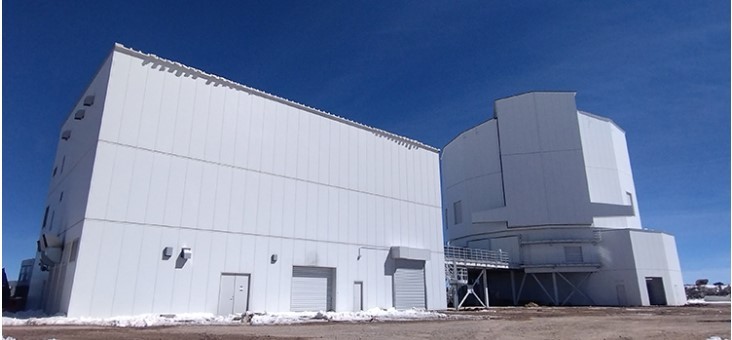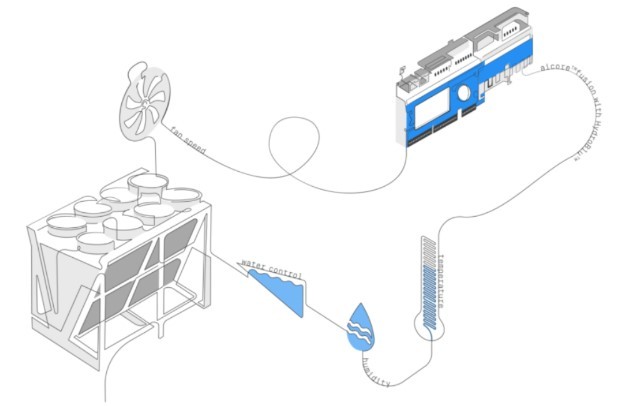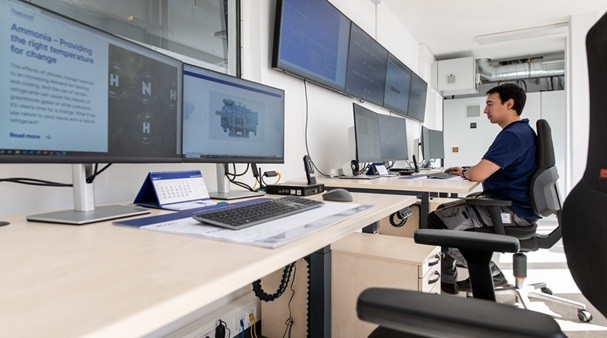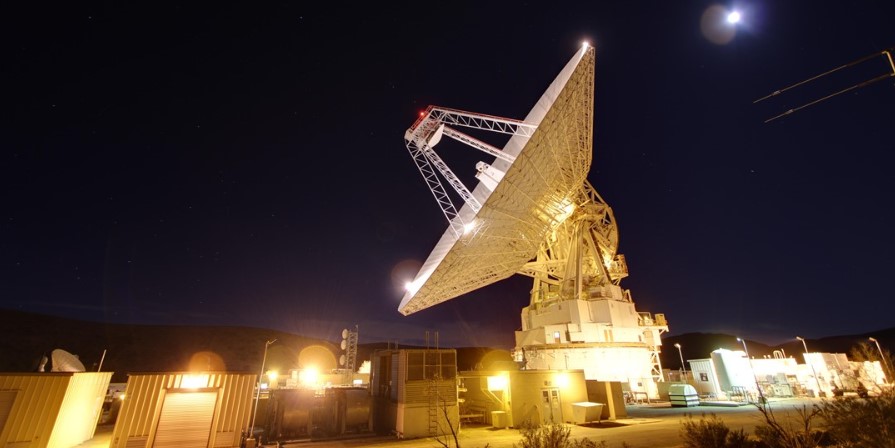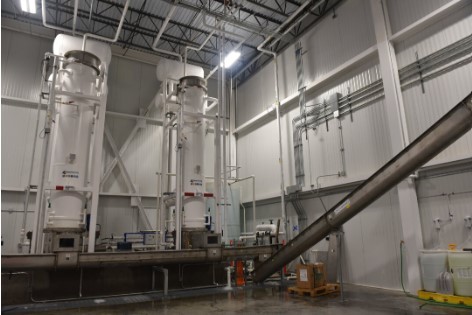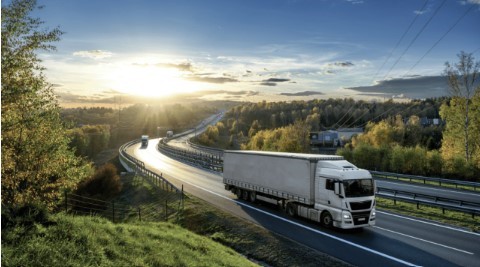
Alfa Laval Wins Hydrogen Refueling Project
Alfa Laval said its hydrogen solution is paving the way for new hydrogen refueling stations across the European Union. AlfaLaval said its RHeaDHy project focuses on safely refueling 100kg of hydrogen in less than 10 minutes, achieving a peak flow of 300g/s at 1000bar. The technology leap demands cutting-edge heat exchanger technology to cool hydrogen down to -30°C before injection into the vehicle tanks.
Read More







